Overview
Smart Recut algorithm is enabled with the options to fix the girdle, girdle+crown, or girdle+pavilion. These may be used, for example, when seeking a recut solution for a stone which has perfect pavilion but the substandard or unfinished crown. In this case, the cutter may prefer to keep the pavilion unchanged and to reshape just the crown.
The Smart Recut algorithm with fixation offers three possible options, namely: fixed girdle, fixed girdle + crown, and fixed girdle + pavilion. The algorithm fixes the planes of the facets in the affected parts, but not the facets themselves; their edges can move as the adjacent facets (which are not fixed) change their positions.
The Smart Recut with fixed elements works only on convex models.
To use this option, perform the following steps:
- Open the model.
- Run a simple Recut to produce a starting point for Smart Recut.
In the Recut panel, select the "Fix Girdle" checkbox.
Note that the options "Fix Crown" and "Fix Pavilion" become available only after "Fix Girdle" is enabled. Note also that these options cannot be enabled simultaneously, so there are three possible selections:
- "Fix Girdle"
- "Fix Girdle" + "Fix Crown"
- "Fix Girdle" + "Fix Pavilion"
- Fill in the other options as you need, and press Run.
- The Smart Recut solutions with fixed girdle will appear.
Examples
Fixed Girdle
Smart Recut example (Fixed Girdle)
Model used: Sample_round_SR_fixed_girdle-hpo_3.19.37.oxg
Original model
After simple Recut After Smart Recut
Fixed Girdle+Crown
Smart Recut example (Fixed Girdle+Crown)
Model used: Sample_round_SR_fixed_crown-hpo_3.19.37.oxgz
Original model
After simple Recut After Smart Recut
Fixed Girdle + Pavilion
Smart Recut example (Fixed Girdle+Pavilion)
Model used: Sample_round_SR_fixed_pavilion-hpo_3.19.37.oxg
Original model
After simple Recut After Smart Recut
Remove facets from fixing
An Element Multi Selection Tool can be used with the "SmartRecut (Brilliant, Oval)" algorithm. Using the tool, you can adjust the Fix Girdle, Fix Crown, Fix Pavilion options usage by manual removing the facets from fixing. For example, if under the "SmartRecut (Brilliant, Oval)" algorithm, the Fix Girdle option is selected, it freezes all the facets of the girdle not allowing the algorithm to remove them; then, using the Element Multi Selection Tool you can exclude some facets from this freeze, so that the algorithm will mandatorily remove them from the future solution.
The "Remove facets from fixing" selection mode is applicable when all these conditions are met:
- a convex scan is selected in the list
- the "SmartRecut (Brilliant, Oval)" algorithm is selected
- at least one "fix" option is selected
To use the tool, in the Recut mode select your convex scan in the list, then select the "SmartRecut (Brilliant, Oval)" algorithm, set "Fix" options, and then on the main panel toolbox, click > Remove facets from fixing. This activates the Element Multi Selection Tool; now in the Scene, you can mark facets to be removed from fixing.
The Element Multi Selection Tool includes legend available on clicking Show legend.
To view additional information, click More info. This will open a help page in your browser containing some detailed information on functionality.
As you finished with marking facets, on the main panel toolbox, click > Deactivate Element Multi Selection tool. This deactivates the tool.
Note that highlighting of current fixing options is only visible in the Scene when the "SmartRecut (Brilliant, Oval)" algorithm is selected and fixing options are enabled.
Fix finished facets
For now, this option is only available when working with the Brilliant cut, "GIA Facetware + MyRound" appraiser.
Sometimes it is necessary to fix facets that are practically finished considering their minor deviations from the initial plan and continue changing the plan for the remaining facets only. The system provides this ability.
To enable fixing facets, in the Diamond Allocation section, for the Smart Recut algorithm select the Fix finished facets checkbox.
Control how exactly facets for fixing will be selected with the threshold parameters (available via Smart Recut > Show Editor > Show Presets > the Other tab):
The "threshold" parameters define which facets should be fixed. The facets of the SR start model and initial scan are compared. The facets will be fixed during SR (both conditions should be met):
- FixFinishedFacetsThresholdSlope (°) if an angle (slope) between the facet normals is less than the specified value.
- FixFinishedFacetsThresholdAzimuth (°) if the difference between azimuths is less than the specified value.
- FixFinishedFacetsThresholdDistance (µm) if the distance from the plane to "0" difference is less than the specified value.
The Fix finished facets operation now always runs with the relative presets, controlled with FixFinishedFacetsRelativeInterval
- Values of this parameter are used to control how far all the parameters of an appraiser can deviate from the solution, from which the Smart Recut was started.
- The intersection of appraiser intervals and "acceptable deviation from starting solution" is used.
- "100" means "use only appraiser intervals, do not think about starting solution"; the less the number the narrower "acceptable deviation from starting solution" becomes
- Note that if starting solution is initially outside the appraiser intervals, then it is allowed to stay there.
Interaction of different fixing options
How different fix options interact with each other and with the Allow Girdle Extra Facets option:
- If you select the Allow Girdle Extra Facets option, the Fix Girdle and its additions (+ Crown or + Pavilion) become unavailable, but you still can use FixSome with its thresholds.
- When you use Fix Girdle and/or its additions (+ Crown or + Pavilion), for the areas remaining unfixed you may use or not use FixSome.
- When you exclude manually some facets from Fix Girdle and its additions, the excluded ones become part of an unfixed area for which you may use or not use FixSome.
- You may use FixSome standalone.
| Options in Panel | FixSome (in Appraiser > Show Presets) |
|---|---|

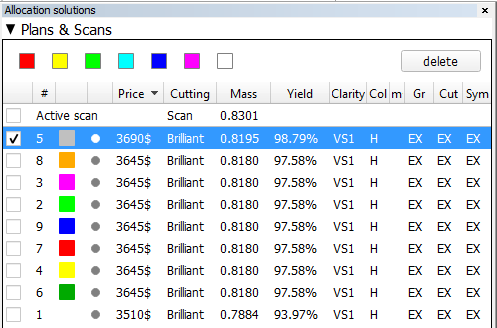

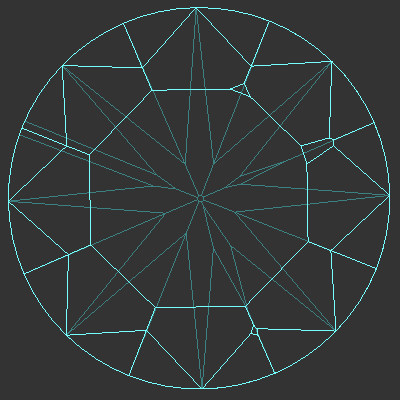
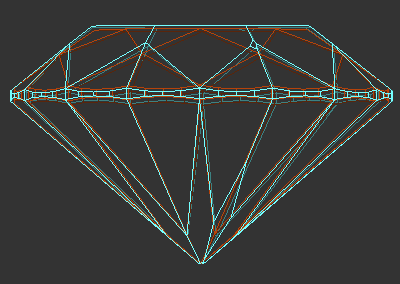
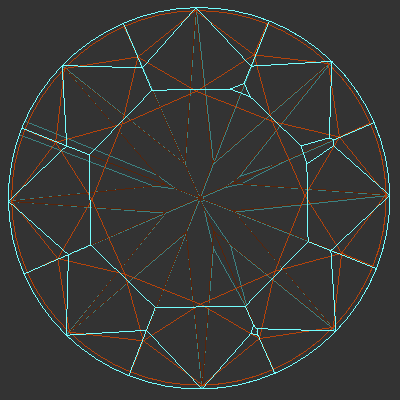
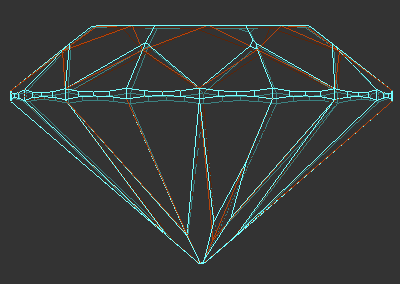
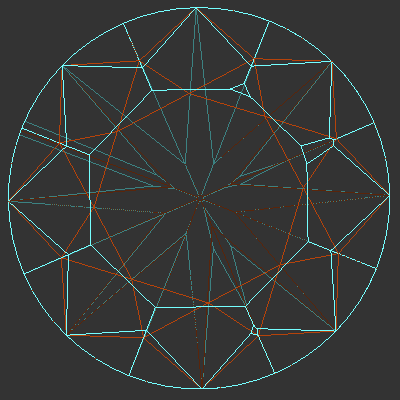
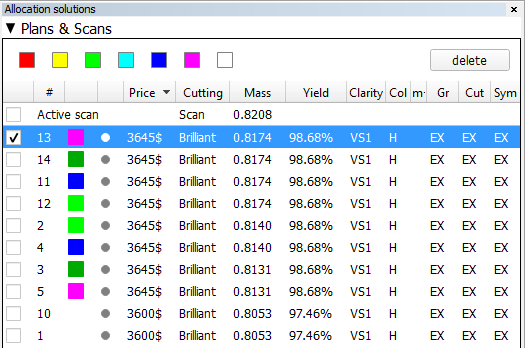
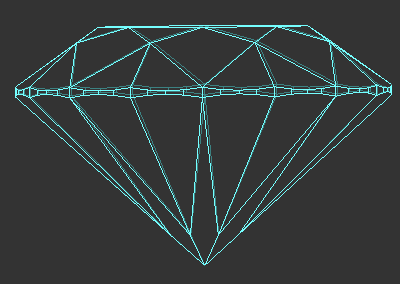
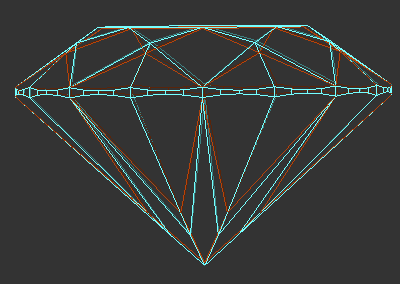
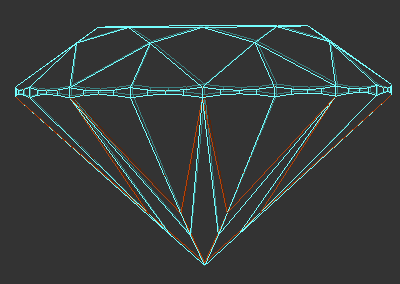
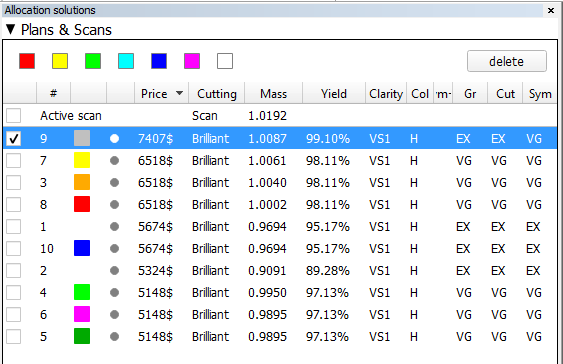
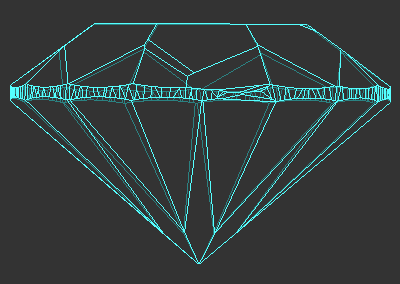
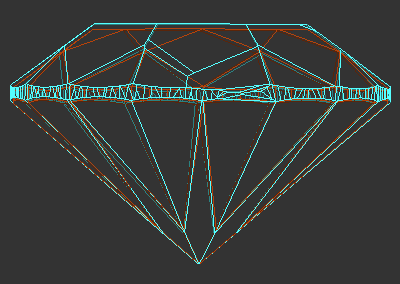
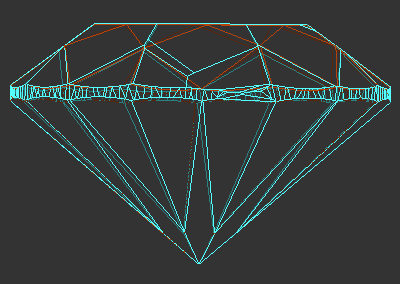
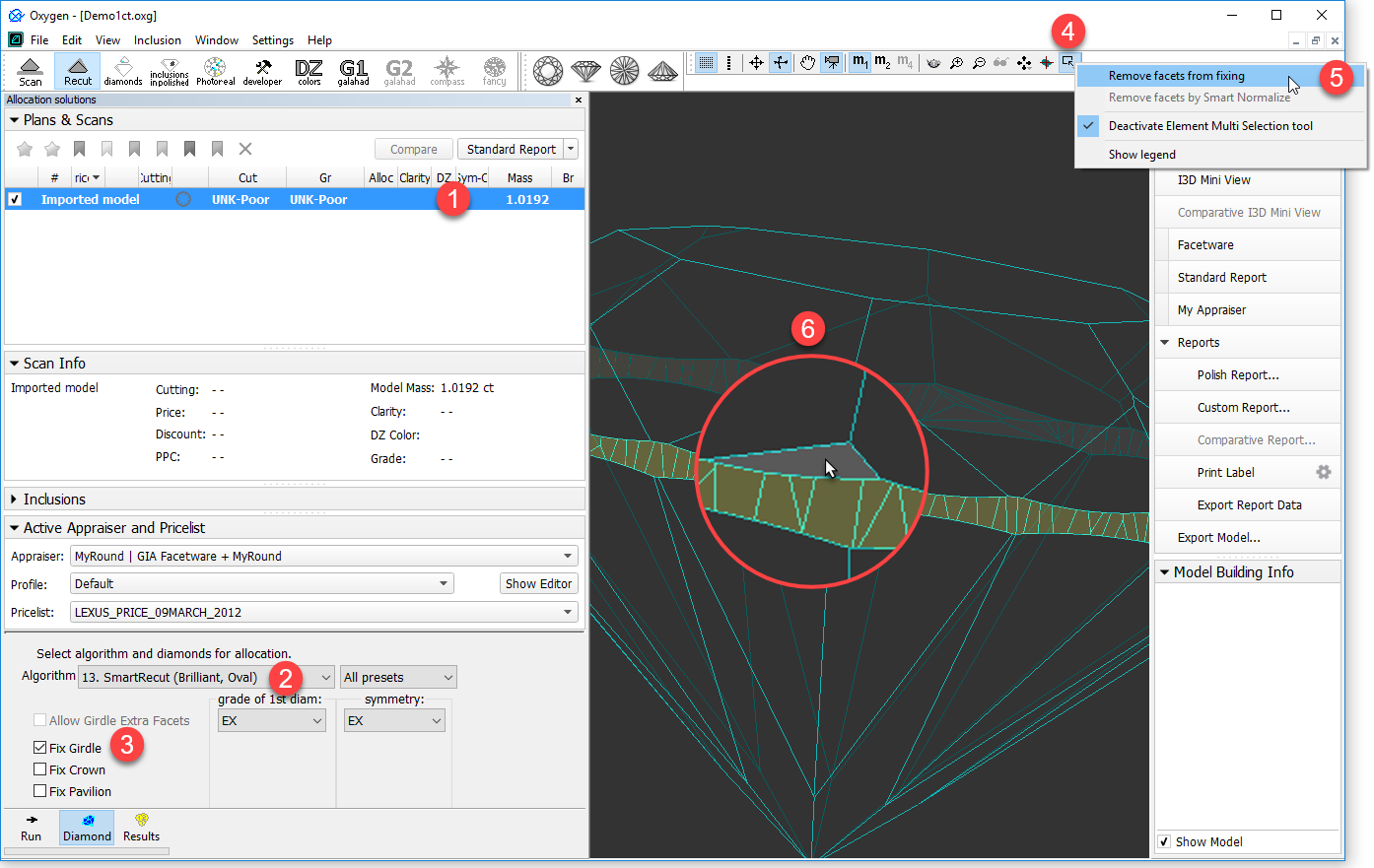
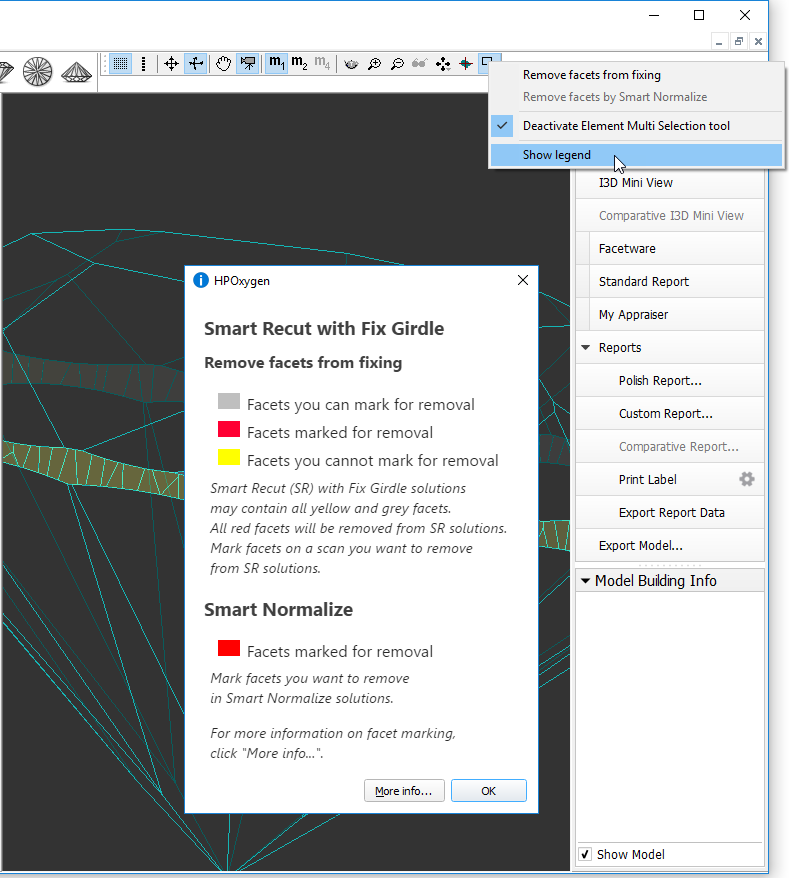

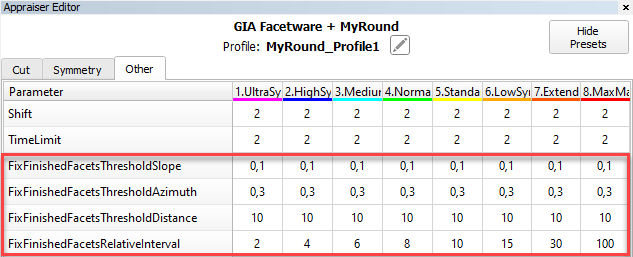
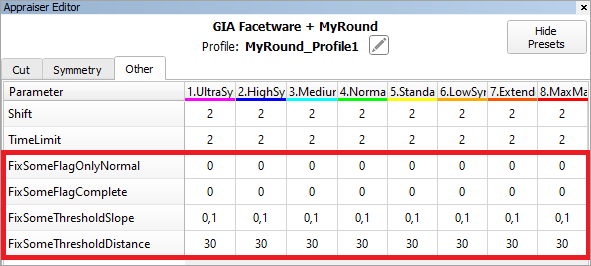
Add Comment